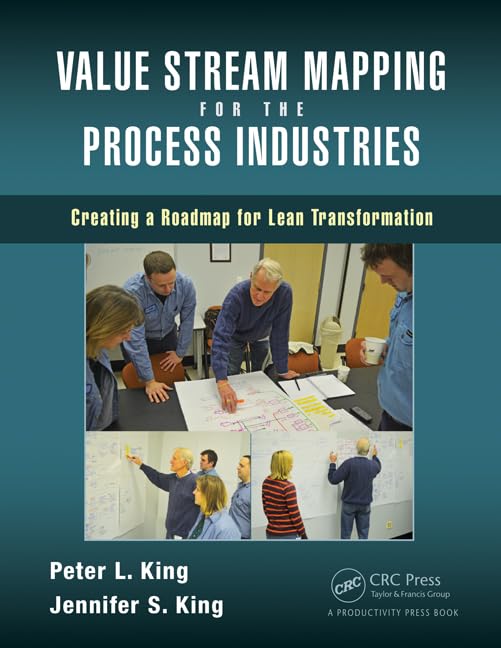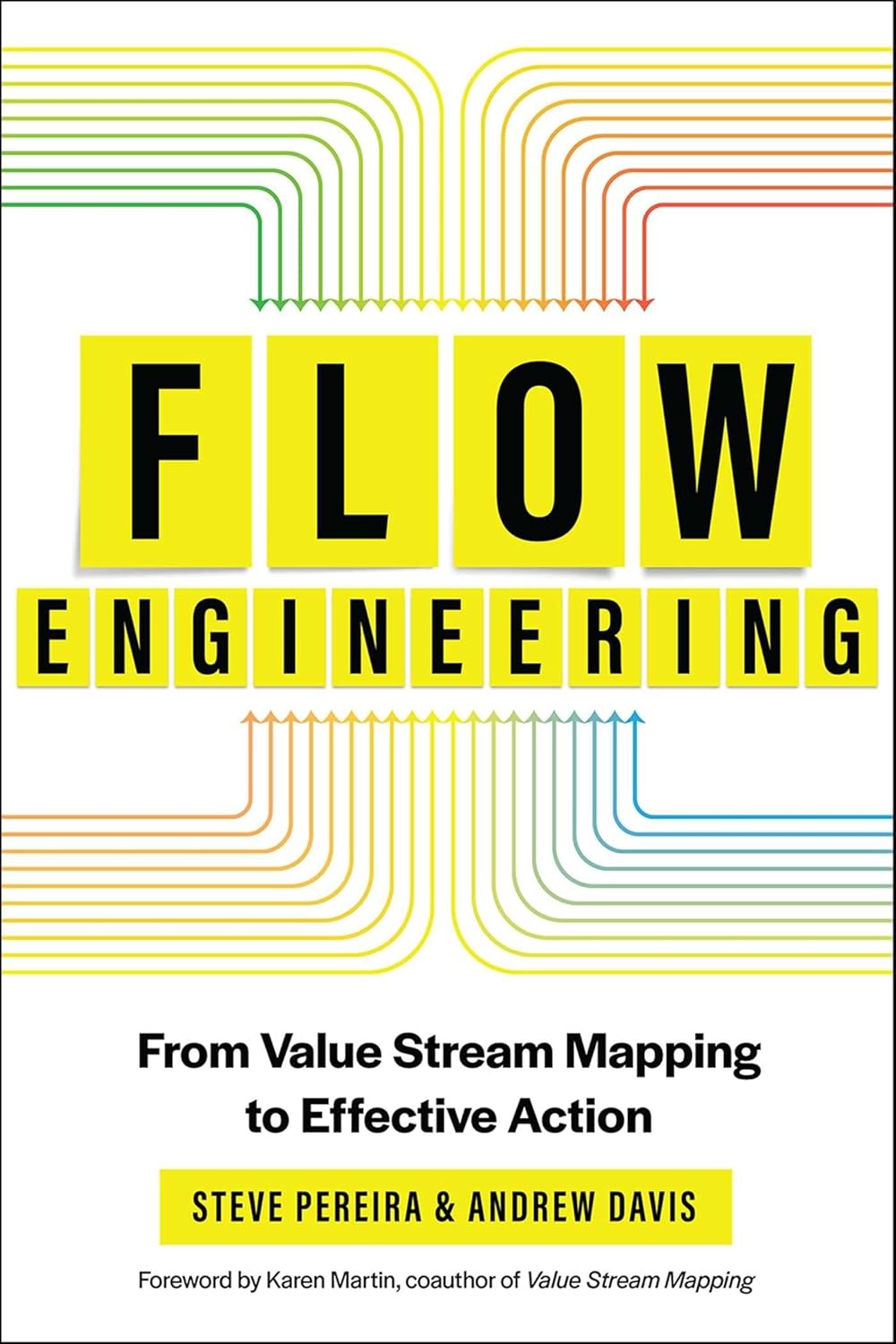
Value Stream Mapping
What is Value Stream Mapping (VSM)?
Value Stream Mapping is a lean-management method used to analyze, document, and improve the flow of materials and information required to deliver a product or service to a customer. This process results in the creation of a Value Stream Map, a visual tool that captures every step in the workflow, from start to finish. The primary goal is to identify non-value-added activities, reduce waste, and improve overall efficiency. This method, commonly used in manufacturing, software development, and service industries, helps teams gain a clearer understanding of how they create value and where they generate inefficiencies.
Project teams often use VSM during continuous improvement initiatives. It allows organizations to visualize both current and future states of a process. This helps teams make better decisions about resource allocation, timing, and process redesign. The visual nature of the map supports team collaboration and communication.
Key Points
- The process yields a Value Stream Map, which visually illustrates the flow of work, materials, and information.
- It distinguishes between value-added and non-value-added steps in a process.
- Project teams typically use it to support lean and continuous improvement efforts.
- The method helps to reveal bottlenecks, delays, and unnecessary activities.
- It applies across multiple industries, including manufacturing, healthcare, and software development.
- VSM supports both the analysis of the current process and the design of a more efficient future state.
Related Terms
- The process of identifying waste is a key principle of Lean Thinking, which underlies the use of Value Stream Mapping.
- Process Mapping is a broader term that includes various techniques for documenting workflows, one of which is Value Stream Mapping.
- When mapping information flow, Kanban Systems often appear as part of the visual representation to show how work is pulled through a system.
- The goal of many VSM efforts is to support Continuous Improvement, which focuses on making small, incremental changes over time.
- Teams often perform Bottleneck Analysis using the map to identify slow or overloaded steps in the value stream.
Value Stream Mapping: Example
A manufacturing company uses Value Stream Mapping to examine its order fulfilment process. The team maps out every step, from receiving a customer order to shipping the product. The resulting Value Stream Map highlights delays in the packaging stage and excessive inventory between stations. Based on this analysis, the company adjusts its workflow to reduce inventory levels and shorten delivery times.
Value Stream Mapping: Best Practices
- Always start by mapping the current state before designing improvements.
- Involve cross-functional teams to ensure the map reflects all aspects of the process.
- Use direct observation, not assumptions, to gather process data.
- Clearly define what constitutes value from the customer’s perspective.
- Update the map regularly as processes evolve or improve.
Additional Resources
Preparing for a PMI certification?
- Exam Prep Courses: PMP®, CAPM®, and PMI-ACP®
- Exam Simulators: PMP®, CAPM®, PMI-ACP®, PMI-PBA®, PMI-RMP®, PMI-SP®, PgMP®, and PfMP®
- Professional Development Units (PDUs): 15, 30, and 60 PDU Bundles




